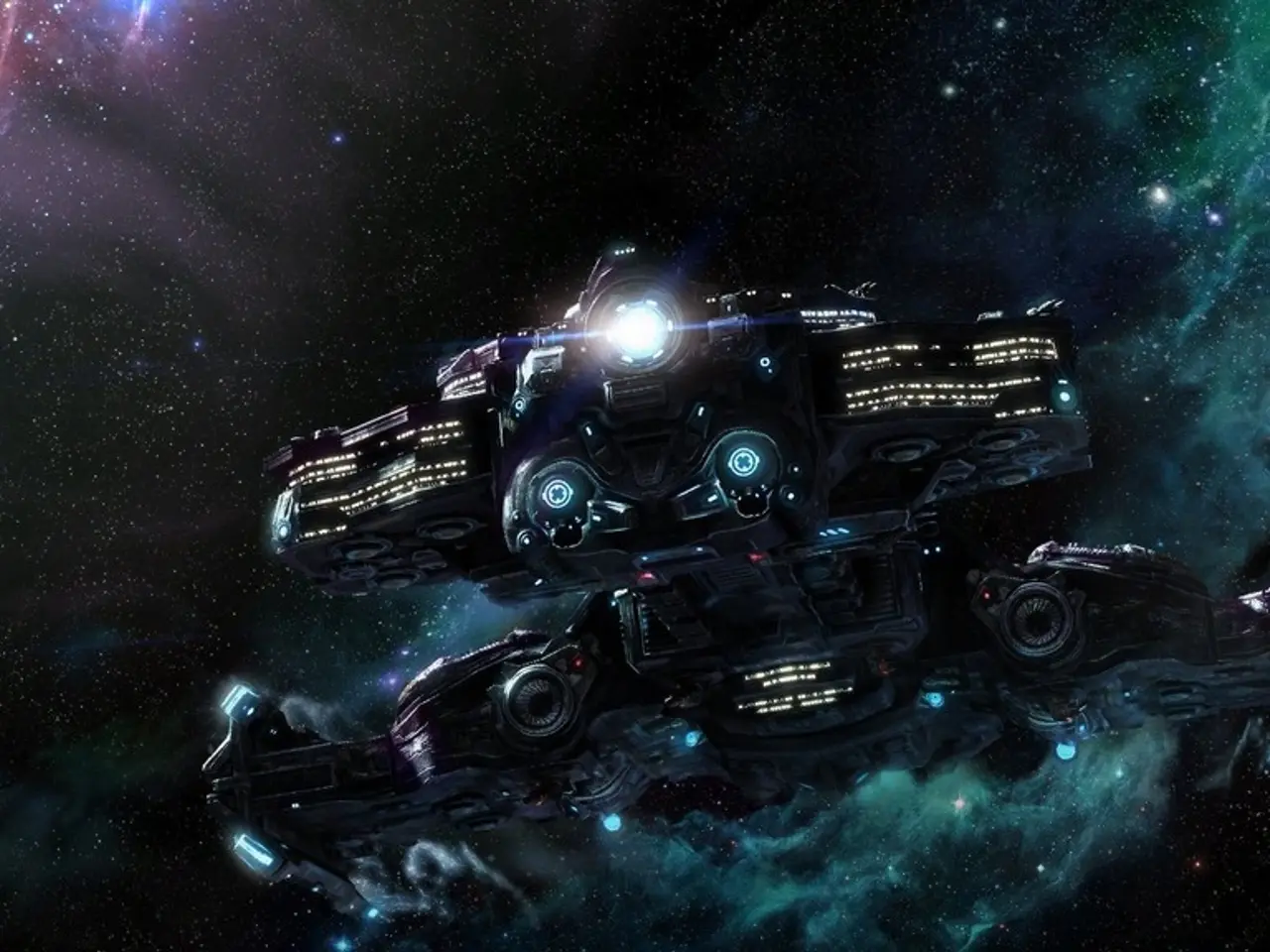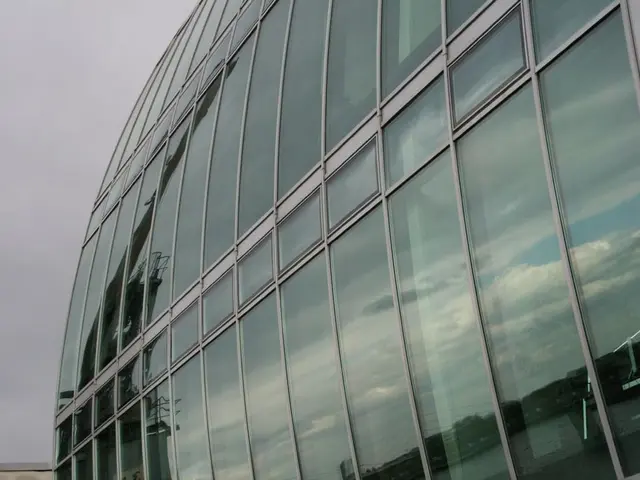Spectacular Find: James Webb Space Telescope Reveals Mesmerizing Photo of Star Formation in Progress
James Webb Space Telescope Unveils Early Stages of Star Birth
The James Webb Space Telescope (JWST) has captured an unprecedented image of the protostar L1527, offering a glimpse into the early stages of star formation and shedding light on the prevalence of planetary systems in the universe.
The image, taken using JWST’s Near-Infrared Camera (NIRCam) and Mid-Infrared Instrument (MIRI), reveals a deeply embedded young star, approximately 100,000 years old, still surrounded by its birth cloud of gas and dust. This image provides unparalleled detail of early stellar formation stages, highlighting the intricate structure of the protostar’s surrounding envelope and accretion disk within the dark cloud.
Key features of the JWST image include its ability to penetrate through dense dust, revealing the protostar's early star-forming environment, and the structural detail it provides, showing the protostar surrounded by a rotating accretion disk and infalling material, key components in star formation.
The discovery of L1527 has significant implications for our understanding of stellar evolution. By directly observing star birth, scientists can study the processes of mass accumulation and disk formation around newborn stars, crucial for understanding how stars (and their planetary systems) form and evolve.
Moreover, the high-resolution infrared observations provided by JWST help improve theoretical models of protostar development and disk dynamics. The detailed study of local protostars like L1527 acts as an analog for star formation in the early universe, where dense molecular clouds also gave rise to the first stars under more extreme conditions.
The JWST's image of L1527 also offers a unique opportunity to track the development of the protostar across multiple wavelengths as it becomes increasingly visible. Furthermore, it provides new perspectives on the cosmic web of star formation across the universe. The James Webb Space Telescope, with its unprecedented capabilities, is poised to make groundbreaking discoveries, including more detailed observations of protoplanetary disks and planet formation, insights into the formation and evolution of the first galaxies, and new discoveries about dark matter and dark energy.
[1] NASA’s James Webb Space Telescope Reveals a Star Being Born in a Dense Cloud of Gas and Dust [2] New Images from the James Webb Space Telescope Reveal a Star Forming in a Dense Cloud of Gas and Dust [3] James Webb Space Telescope Captures Detailed Image of a Star Forming in a Dense Cloud of Gas and Dust [4] NASA’s James Webb Space Telescope Provides Unprecedented Detail of a Star Forming in a Dense Cloud of Gas and Dust
Read also:
- AI Inspection Company, Zeitview, Secures $60 Million Funding for Expansion
- "Worldwide Initiative Introduces Scheme to Boost Eco-friendly Entrepreneurship in Underdeveloped Regions Worldwide"
- Electric public transportation, manufactured in Latvia, has begun functioning in Vilnius.
- Toyota's Q1 Financial Shift: Reason Behind Profit Dip Yet Hybrid Growth, and Rapid Advancement Towards Net Zero Emissions Goals








